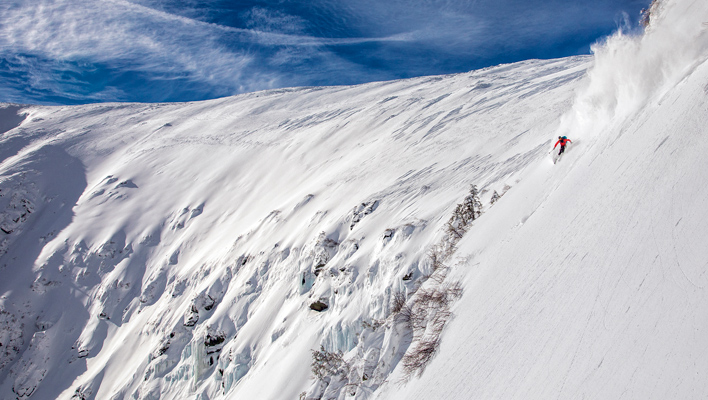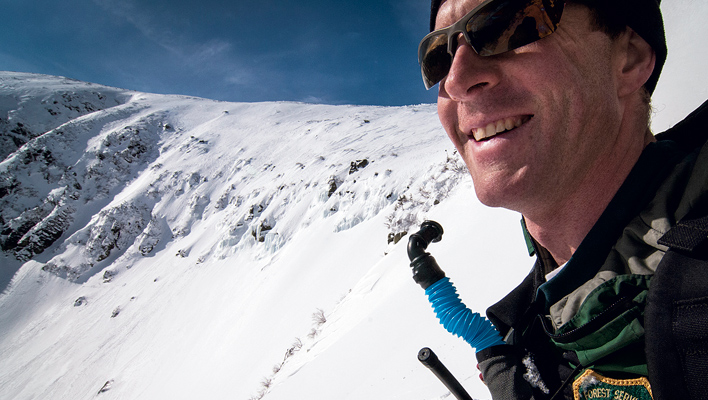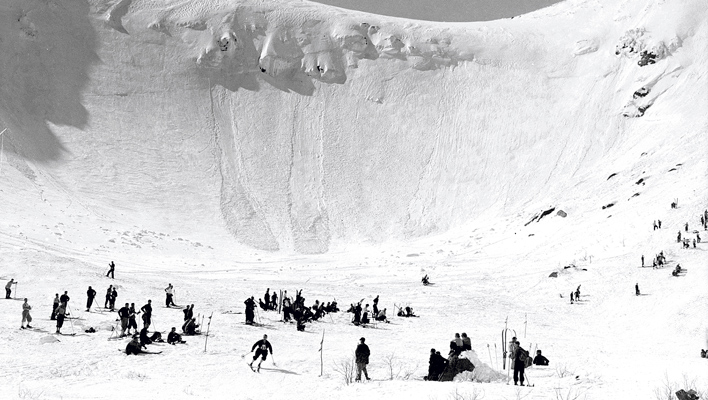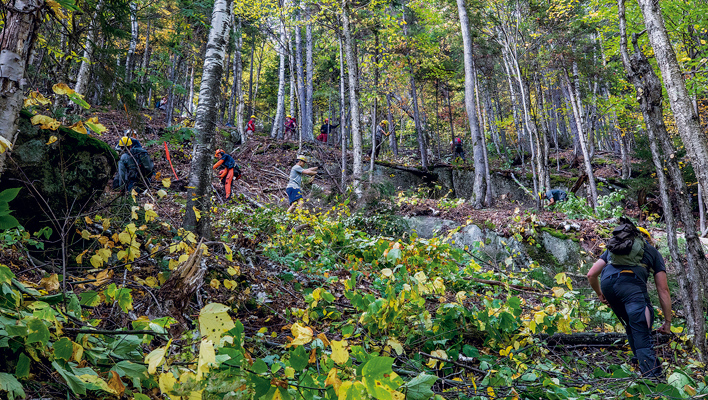A long time ago I learned that not every day is your best day when backcountry skiing. That couldn’t be truer than on Mt. Washington, the jewel of New Hampshire’s Presidential Range, which is infamously home to some of the world’s worst weather. It also is home to some of the best high-alpine skiing on the East Coast and the reason I chose to move to North Conway in 2014.
Mt. Washington’s Great White North

There’s no question why Tuckerman Ravine is the epicenter of New England backcountry. Its fetch builds a 50-foot base over the course of the winter, catching snow from all angles as the prevailing northwest winds constantly load snow in the massive, 1,000-foot basin. There are so many reasons to love this zone, but as I worked through all the runs that day, I knew there was more incredible skiing to be found in the Presidentials.
Meeting the Masses on New Hampshire’s Mt. Washington

It’s no secret that backcountry skiing has seen a surge in popularity. This overall trend is clearly visible on Mt. Washington and around the Presidential Range, where I’ve been working for nearly two decades. And while the numbers have swelled, the critical safety messages being delivered to visitors have remained surprisingly consistent despite huge changes in visitor use patterns.
History on the Headwall: Mt. Washington’s Tuckerman Ravine

About a decade before I ever skied on Mt. Washington, several friends and I were climbing out of Tuckerman Ravine on the Boott Spur Trail on a cold April morning when we heard an explosion that echoed off the walls of the glacial cirque. We later found out that near the Hermit Lake Shelter, a U.S. Forest Service Avalauncher had misfired, causing an explosive round to ignite in the device’s barrel, injuring two snow rangers and a bystander.











